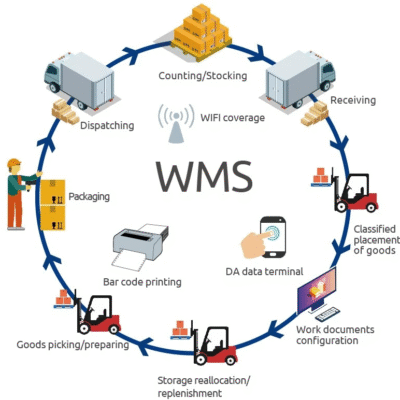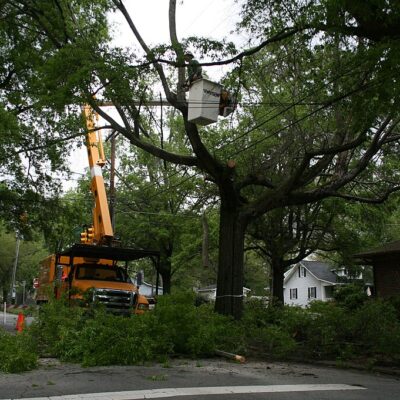When the mind is struck by chaos, and milliseconds wobble between safety and hazard, emergency signs aren’t just visuals—they become lighthouses of cognition. In high-friction scenarios, our innate reflexes latch onto shape, hue, and contrast. Once overlooked, now essential, the anatomy of an emergency sign triggers something far more ancient than logic: instinct.
The Architecture of Urgency
In high-voltage settings—from industrial corridors to medical wings—time is brittle. Every danger sign is a culmination of strategic design: bold contours, assertive palettes, and symbolic familiarity. These aren’t chosen arbitrarily. They are honed to fracture hesitation and command action.
Chromatics and Cognition
Red is not just red. It is arterial. It signals rupture, heat, stop, risk. Paired with geometric dominance—triangles, exclamation glyphs, or border inversions—the color commands priority. Emergency signs exploit chromatic urgency to pierce through ambient noise and visual clutter. Their presence is not ornamental but neurological.
Typography that Interrupts
Typography in a danger sign doesn’t whisper. It declares, disturbs, demands. Thick strokes, sans-serif boldness, and generous kerning combine to make sure letters do not blur under speed or pressure. Designed to be interpreted at a glance—even from oblique angles—the lettering ensures communication without verbal processing.
The Neurophysics of Rapid Perception
Eyes receive. The brain deciphers. But in emergencies, interpretation takes a back seat. The most effective emergency signs don’t inform; they trigger. They utilize the brain’s primitive detection systems—the amygdala, the reticular formation—to shortcut the thinking process and compel immediate behavior.
Micro-Decisions Under Pressure
Consider a technician in a pressurized refinery. A sudden hiss escapes from a ruptured valve. Within a half-second, motion, alarm, and heat saturate the senses. A nearby danger sign—high contrast, cleanly framed—becomes a visual anchor. It breaks the freeze response, focuses attention, and steers reaction. This is visual triage, operating beneath consciousness.
Symbolic Synapses
Repetition breeds familiarity. Symbols like skulls, flames, lightning bolts, and biohazards don’t require decoding. The brain recalls them before it reads them. Emergency signs thrive on this symbolic muscle memory, reducing reaction time to mere milliseconds. These are not illustrations; they are neurological levers.
Situational Context and Environmental Integration
No emergency sign exists in a vacuum. Its resonance is sculpted by where and how it is displayed. The same symbol can carry vastly different weight depending on the environment it inhabits. Placement, contrast, proximity, and illumination—all alter the perception and potency of the sign.
Spatial Framing
A danger sign posted near a smoldering generator holds more gravity than the same sign over an unused fuse box. The eye subconsciously calculates threat proximity. Framing a sign correctly isn’t about symmetry—it’s about meaning. Clarity emerges not only from the sign itself, but from the space it defines.
Contrast in Complexity
In dim corridors, flickering lights, or high-glare environments, signs must punch through the visual static. Fluorescent edges, shadow-friendly outlines, and light-reactive materials enable emergency signs to function as visual beacons. In sensory-rich spaces, the clearest sign isn’t the brightest—it’s the most intentional.
Design Meets Behavioral Science
The creation of emergency signs is not guesswork—it is behavioral choreography. Designers and behavioral scientists collaborate to craft visual objects that interface with reflexes. Their purpose is not merely to indicate, but to provoke immediate, correct behavior—without requiring conscious thought.
Pattern Disruption
In habitual spaces—like office hallways or factory floors—people stop noticing their surroundings. Effective danger signs interrupt that passivity. Unexpected color schemes, blinking LEDs, or motion-reactive designs reawaken spatial awareness. Their goal isn’t to be polite—it’s to be impossible to ignore.
Anticipatory Design
Rather than reacting to incidents, progressive signage systems aim to preempt them. Smart emergency signs now adapt to environmental changes. For instance, a temperature-sensitive panel near chemical tanks might display different symbols as thresholds are breached. This isn’t signage. It’s forecasting.
Cultural Encoding and Global Semantics
What feels intuitive in one culture may be obscure in another. An effective danger sign must transcend language and regional design biases. This has led to a global push for symbol unification—icons that speak to the human brain, regardless of native tongue or literacy level.
Universality Versus Specificity
There is a delicate balance between universal understanding and situational specificity. A general emergency sign may alert broadly, but in complex environments—airports, offshore rigs, biosafety labs—custom symbols and hybrid visuals are essential. Precision saves more than time. It saves life.
Adaptive Multilingual Integration
Digital panels now allow multilingual signage that adapts based on motion sensors or proximity detection. While the visual glyph remains the anchor, supplementary languages help those unfamiliar with base symbolism. These emergency signs adapt not just to space, but to people.
The Future Pulse of Visual Warnings
As urban density increases and digital interfaces proliferate, danger sign design is moving beyond static panels. We are entering a realm of active signage—systems that respond to biometrics, environmental data, and AI-driven threat assessments.
Interactive Alerts
Imagine a corridor sign that changes color when chemical air content shifts. Or a warehouse panel that displays directional arrows based on the closest exit during fire drills. These are no longer theoretical. Emergency signs are evolving from passive indicators into active guides.
Neuromorphic Design Language
The next leap may be in signs shaped not by design trends but by neural response data. What color sequences trigger faster limb motion? Which icon shapes generate stronger avoidance behavior? The science of warning is becoming neuroadaptive.
Conclusion
When critical moments teeter between reaction and consequence, emergency signs function as the final line between danger and decision. These symbols, born of design, refined by psychology, and forged in necessity, are more than objects. They are conductors of instinct, curators of attention, and ultimately, keepers of lives.


